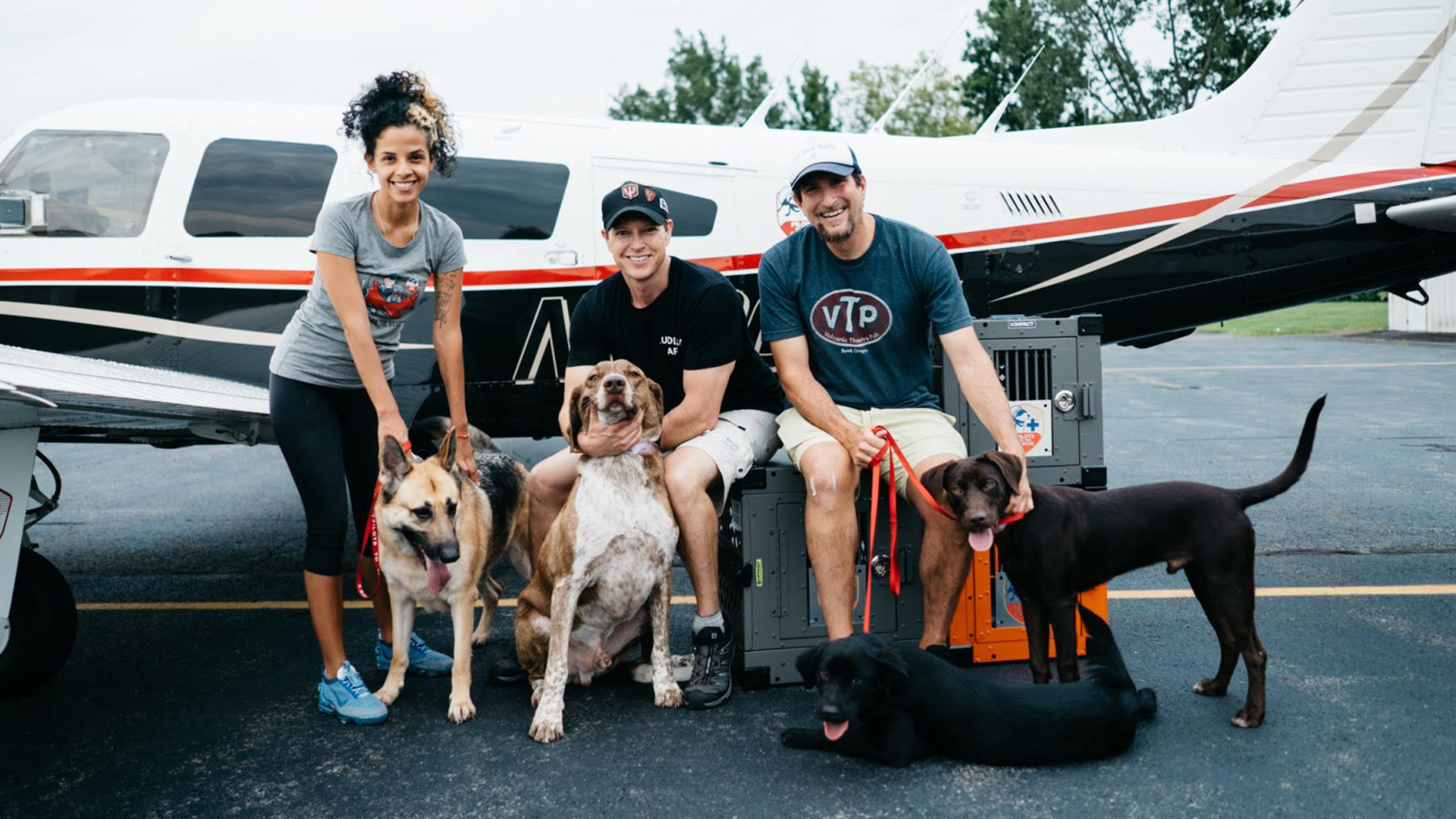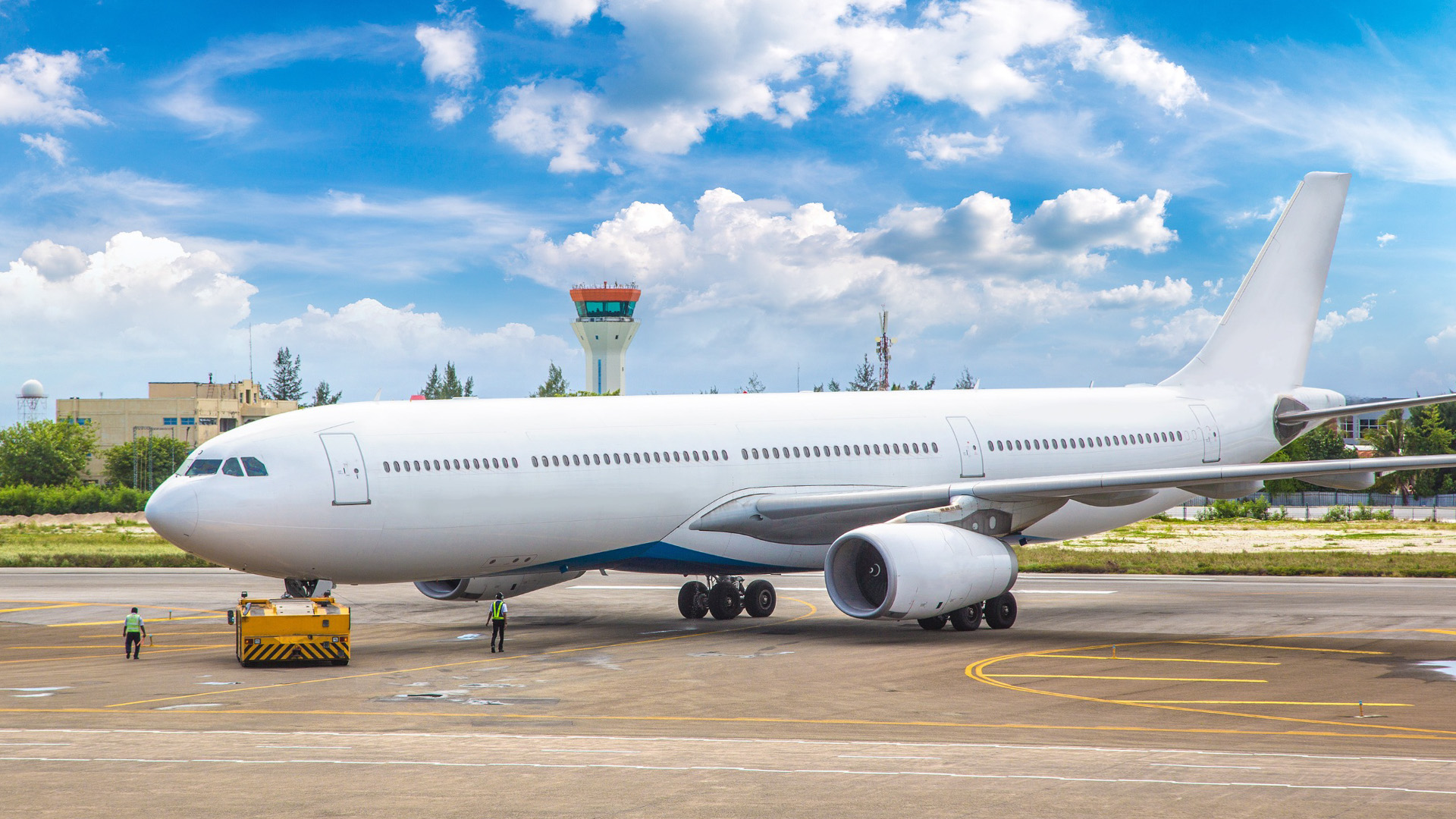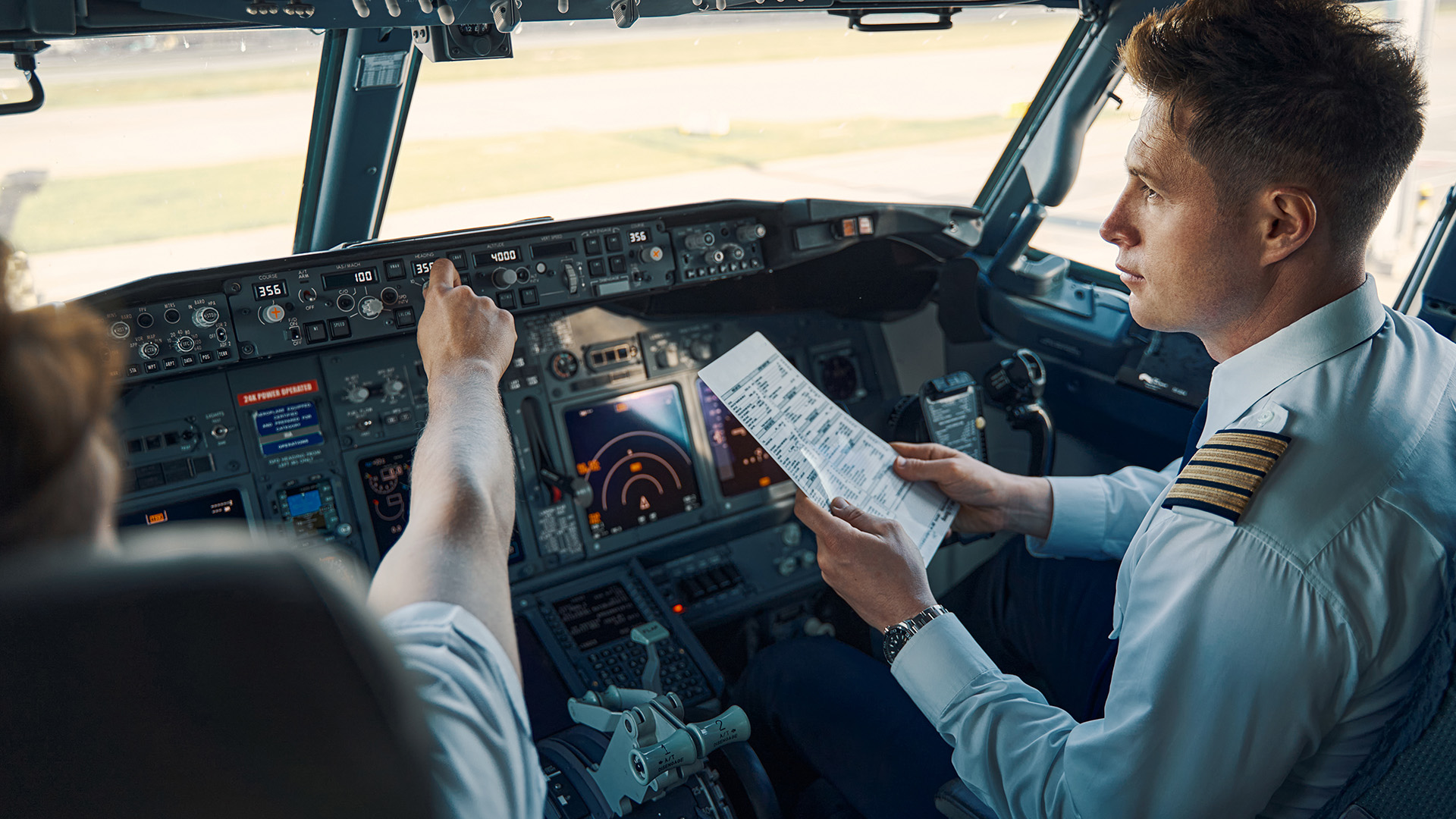The ASPCA states, “Each year, approximately 920,000 shelter animals are euthanized (390,000 dogs and 530,000 cats) in the U.S. alone.” With the help of non-profit organizations like Pilots to the Rescue, Pilots N Paws, Animal Rescue Flights, and various other animal rescue pilots, over 200,000 animals have been rescued up to date, with over 16,000 animals flying yearly. Get to know the heroes behind these extraordinary operations below!
Pilots to the Rescue
With over 1,000 animals saved, over 11,989 miles flown, and 61 dogs plus 53 cats getting a new shot in life, Pilots to the Rescue (PTTR) are determined to save as many animals as possible. PTTR is a non-profit organization comprised of trained pilot volunteers and a 501c3 public benefit aviation organization. Pilots from all over the U.S. transport domestic and endangered animals who might be facing euthanasia, need to leave a dire situation, or just need transportation to their new home or shelter.

Founder Michael Schneider started this ever-growing foundation by combining his love for animals with his passion for aviation. “So it took 45 years to realize what I wanted to do when I grew up. This is a real passion of mine; it gives me such a sense of fulfillment, and I love doing this work. It’s tremendous.” Schneider stated. PPTR has also saved wolves and sea turtles and helped release them back into the wild.
Pilots N Paws
Pilots N Paws is a non-profit organization that brings pilots and animals together, free of charge. The organization has over 4,200 pilots in 50 U.S. states and flies around 15,000 animals yearly. Over 15 years ago, animal lover Debi Boies and pilot Jon Wehrenberg joined forces after realizing that animal transportation was not readily available for animals in need. They paired up with aircraft maker Cirrus, which supports them financially. Together they have transported dogs, cats, dolphins, bears, turtles, eagles, and other wild animals who have suffered from wildfires! Pilots N Paws serves as a mediator between the shelter, a new home, or clients.

Pilot Jackie Gaertner shared this story: “On one particular flight, we were able to fit seven pet crates in the cabin, carrying a total of 39 animals. They were transported safely and comfortably in our pressurized cabin from Visalia, California, to Hillsboro, Oregon – a 2.5-hour flight. This included three momma dogs, 30 puppies (22 less than a week old), and six kittens.”
Animal Rescue Flights
Animal Rescue Flights (ARF) has been helping animals since early 2008. Pilots, crews, drivers, shelters, and volunteers from all over the U.S. have come together with the platform Doobert to transport everyone safely. ARF promotes animal welfare, saves animals from death, and takes them to their new families. Both the senders and the receivers will never face a fee.
Rain, shine, hail, or stormy, pilots are helping animals in need and helping them reach their next and hopefully happy destination.
Log hours, save animals
“I hope other pilots will get involved. They will find it to be so very rewarding. You are using your unique gift of being able to fly an airplane to do something really worthwhile.” Said volunteer pilot Sue Haas for Pilots N Paws.
From logging hours, taking your plane for a personal trip, or looking to give back. Joining one of the organizations above can be just what you are looking for; in return, you can be a hero to someone or even a whole family. Humanitarian flights help to move out overpopulated areas and save animals in return. They help to free up space. And who knows, you might find yourself alongside a dolphin or a cute puppy that might become the love of your life.

From getting a good night’s rest to drinking less or maintaining safety while in turbulence, aviation security for you and your crew is essential.
Enhancing pilot, airport, and employee security can prove beneficial in the long run. To help you be up to date on aviation safety and security, we’ve compiled a cheat sheet of hacks, and tips/tricks to help you stay FAA-compliant and keep on your aviation security game.

About safety
Every day, over 3 million people fly safely on commercial flights globally – with an approximate chance of a fatality being 1 in 3 million. Airplane design, engineering, human factors, regulatory standards, maintenance, training, and improved technology, ensure everyone is always kept safe.
1. Lock up and keep an eye out
Always protect your aircraft when left unattended by using a door and auxiliary locks to prevent unauthorized usage. Don’t forget to close and lock-up hangar doors and any gates. Once your aircraft and hangar are locked, take your keys and never leave them unattended in your cockpit.
Always have an eye out for yourself and others. If you are suspicious of anyone who is loitering, too eager, or unfamiliar with procedures, remember all the details and report them to the authorities immediately. Listen to your gut! Never approach someone who might be a danger.

2. Security awareness
The TSA has developed an excellent training program for the aviation community to help you recognize suspicious behavioral patterns and what to do in case of an incident. However, you should always speak to the airport security or supervisor if you suspect someone or an event.
You should train yourself and personnel to recognize the following:
- Unauthorized modifications.
- Pilots who seem to be controlled by someone else.
- People without the proper credentials or identifications.
- Anyone, including pilots, who make threats.
3. Decision-making and plan B
According to the Civil Aviation Safety Authority Australia, “Flying is a dynamic activity,
sometimes requiring quick decisions to ensure a safe and successful fight. Pilots must be vigilant and be prepared to take action to counter hazards and unexpected situations.”
Fast decision-making skills are essential for pilots. Learning how and why things happen in an emergency is invaluable to solving a problem. To learn more about decision-making, click here.
4. Mental and physical health
It’s no secret that pilots and people in aviation succumb to extreme and often complex physical and mental demands that can affect their well-being. People in the aviation industry are not spared from suffering from anxiety, depression, or other mental health illness. If you feel that you are suffering from any of these conditions, it is important to talk about what is going on to get the support and treatment you need. There’s no shame in opening up!
Physical health is just as important as mental health. Remember to eat healthily and take care of your body and mind. Get the rest you need and eliminate bad habits (smoking, drinking, etc.). Lastly, work with your team and value each other’s health to create a good support system.
5. Security communications
The AOPA states, “General aviation airport managers/operators may find it helpful to develop written security procedures. Many security initiatives are already being conducted at airports but have not been formalized into a documented program. Documentation provides managers with a traceable and auditable method of ensuring airport employees and tenants are aware of and understand security measures.”
A well-written and detailed security procedure can communicate and coordinate the specific response in a particular event. The AOPA also suggests the following:
- Developing preparedness plans and training, such as the National Terrorism Advisory System.
- Review and update all plans often.
- Communicate with local, state, and federal agencies.
- Limit facility access points.
- Increase surveillance.
- Ensure that all personnel have the proper identification.

Air travel is already one of the safest types of transportation thanks to regular maintenance programs, ongoing education for everyone involved, collaboration, and adapting to current standards and/or modifying security procedures. Taking the proper precautions can prevent crime and terrorism from occurring. Remember that aviation security starts with you, your teams, and the aircraft you’re flying!
To have two pilots or one pilot? That is the question. In this latest dilemma, airlines are pushing to cut costs and operations in very concerning ways.
In the early days, a pilot could count on 4 other crew members assisting them in the cockpit. Fast forward to now, technological advances have shrunk the operations down to 2 pilots and, quite possibly, even just one. Airlines and other regulators express their needs and explain how a one-pilot model will lower costs and solve crew shortages. It will also put all the pressure and responsibility on one person. With many countries asking the UN to change global aviation safety rules, issues of safety and stress are a significant concern.
Many airlines and companies are pushing to have one pilot instead of 2 in the cockpit when flying commercial. Though many believe this will cut costs, many pilots are expressing concerns about the amount of stress that comes along with this. What does this new bill mean, and how will it affect operations? Here’s a deep dive to help you understand, prepare, and consider the risks/challenges.

What is the one pilot model?
One Pilot model or Single Pilot (SPO) operation is an important development in modern aviation technology operations. According to Single Pilot Operations In Commercial Cockpits by Paul L. Myers III and Arnold W. Starr JR, The SPO mode is a reduction from two pilots to one pilot, which no longer can interact, monitor, confirm, and make decisions between pilots. With the development of IT technology, the logical automated processing capability and the performance of aircraft systems have been effectively enhanced, but human-to-human decision-making based on knowledge, perception, experience, and cognition during flight has stayed the same. Thus, relying solely on the single pilot’s independent cognition, behavior, and competence does not meet the safety requirements set out by I0CAO.
With fuel, labor prices, pilot salary increases, and even staffing problems, the critically acclaimed SPO could save airlines some money.
The Concerns
Changing from a collaboration of two pilots to one single pilot can drastically increase the workload that two pilots should carry out. Specific controls, set-ups, and processes might be complicated and only possible to perform with two pilots. The SPO model adoption will need to cover or create an efficient and high-quality operation to eliminate any differences, response times, flight awareness, and decision-making for one pilot to perform effectively.
In addition, the circumstances below will need to be addressed:
- When a pilot becomes incapacitated or unconscious and unable to respond to voice alerts, it can cause tragic consequences.
- Cockpit surveillance
- Establish air-ground communications and decisions.
- Complex failures and problem-solving
- Check and balance

Obstacles to consider
While we have come so far in automation, the technology that helps us fly can only do as it is told. Therefore, the automation will have to act as another human pilot and respond promptly and without errors to the pilot. You could program a computer to do specific tasks, but it cannot handle human cognitive functions. Automation failures can increase the workload again for pilots and break any confidence in the systems, becoming a stressor and getting in the way of how the pilot thinks, operates, and reacts.
Lastly, the biggest obstacle to consider is whether passengers are willing to accept one pilot flying with possible help from a not-so-perfect system. With so many countries asking for regulations to be changed and saying one pilot is as safe as two, an imminent change in automation technology needs to be developed before replacing an expert second human pilot.